I touched on this topic a little during my initial post regarding the Alaska Airlines acquisition of Hawaiian Airlines, but today I plan to go further into depth on comparing Alaska Mileage Plan and HawaiianMiles. Why compare the two? Because it’ll show us what exists today, and what we may expect in the future.
The loyalty programs of Alaska Airlines and Hawaiian Airlines are rather unique among U.S. airline loyalty programs. After all, both programs continue to award miles based on miles flown rather than money spent. But there are many areas in which each of these programs differ. Let’s discuss.
Comparing Alaska Mileage Plan and HawaiianMiles
To get this post comparing Alaska Mileage Plans and HawaiianMiles, let’s compare the different earning rates each airline has.
Status
The first topic of discussion when comparing Alaska Mileage Plan and HawaiianMiles are the different qualifications and benefits of holding status with each of these programs. Off the bat, I will say that it’s easier to earn status with Hawaiian than Alaska, but the difference in benefits also reflects this.
To make things easier, I’ll be presenting all of the data in this post in the form of tables. As you can see in the below table for HawaiianMiles’ elite statuses, there are only two – Pualani Gold and Pualani Platinum, and they can be earned via miles flown or segments. They both come with free baggage allowance, Premier Club access, and inter-island flight upgrades. But, as you can see, even top-tier elites cannot get unlimited upgrades throughout Hawaiian’s network, as is often a benefit for upper-level elites of most U.S.-based frequent flier programs.
Alaska Mileage Plan, then, follows more of a familiar formula. Yes, Mileage Plan elites all qualify for upgrades to Premium Class and First Class, though if you aren’t a top-tier elite, good luck securing an upgrade. Notably, though, Mileage Plan, like Hawaiian, still qualifies members on miles flown or segments and nothing else. The two even have identical requirements for MVP and MVP Gold and Pualani Gold and Platinum. Of course, Mileage Plan elites also get Oneworld status.
Out of the two, I’d say that Alaska provides much richer benefits for its elite members. Sure, upgrades are a complete crapshoot, but that’s always the case, no matter which airline you fly. However, if you don’t get an upgrade, Alaska will still give you special perks while you’re sitting in the back of the plane. Yes, Alaska Air elites don’t get unilateral access to lounges, as Hawaiian’s do, but have you ever been to a Premier Club? A lot of the time, it’s kind of a circus and not worth visiting.
Mileage Earnings
Status is great, but if you’re anything like me, status is a far-off dream. As such, earning and burning miles are the details that matter the most to me. So, next I’ll be covering mileage earnings while comparing Alaska Mileage Plan and HawaiianMiles.
Now, of the two programs, Alaska Air has the simplest earnings structure. And, basically, you’ll earn a minimum of 100% of miles flown on any economy class ticket, except for Basic Economy, which earns 30% of miles flown, on both Alaska-operated and partner-operated flights. First Class fares on Alaska’s own metal will net you at least 150% of miles flown, while that’s the base level of miles you’ll earn for Premium Economy and Business Class fares on partner flights. Flying with partners in first will net you 200% of miles flown. Period.
With Hawaiian, things get really complicated. They have separate earnings charts for every. single. partner. airline. Yeah. But at the basic level, Hawaiian flights earn either 100% of miles flown for economy (including Extra Comfort) or 150% for First Class/Business Class.
I’m not going to go over each individual partner award chart with Hawaiian, as that’d take far too long. But know that the earning rates are all over the place. For example, there are huge number of fare codes across different airlines that earn you absolutely NOTHING. On the other end of the spectrum, top earning rates for first class cap out at 125% to 200%.
Credit Cards
I can’t do a post comparing Alaska Mileage Plan and HawaiianMiles without discussing credit cards. They are integral parts of earning miles, so now’s a good time to go over them. But being that I recently did an in-depth review of both the Alaska Airlines Visa Signature and Hawaiian Airlines World Elite Mastercard, I’m not going cover everything here – just the high-level card benefits.
Hawaiian Airlines World Elite Mastercard
Hawaii’s favorite card, the Hawaiian Airlines World Elite Mastercard carries a $99 annual fee. For that fee, you get:
- 3x miles on Hawaiian Airlines purchases
- 2x miles on gas, groceries, and dining
- 1x miles on everything else
- Annual $100 Companion Discount for flights between Hawaii and North America
- 2 free checked bags for the primary cardholder
- Share miles with family with no transfer fee
- Discounted award travel
Alaska Airlines Visa Signature
For a $95 annual fee, the Alaska Airlines Visa Signature card grants you:
- 3x miles on Alaska Air purchases
- 2x miles on gas, EV charging, cable, streaming services, and local transit
- 1x miles on everything else
- $99 Companion Fare when you qualify and every account anniversary when you spend $6,000 the previous year
- 1 free checked bag for you and up to six others traveling with you on the same itinerary
- 20% back on all Alaska Air in-flight purchases
- $100 off an Alaska Lounge+ membership
- Priority Boarding
The Alaska Air Visa has long been my favorite airline card, thanks to its annual Companion Fare. But now that they require you to spend $6,000 per account year to get it, the card’s value has diminished significantly in my opinion. Granted, cardholders that have the card for a while now are grandfathered for the time being, I don’t expect that arrangement to last.
While we’re comparing Alaska Mileage Plan and Hawaiian Airlines, it’s worth noting that I’ve often panned the Hawaiian Airlines World Elite Mastercard for returning a poor value, especially since HawaiianMiles don’t do all that much for me, but in terms of pure earnings, the card is much better. After all, I do spend way more money on groceries, gas, and dining, than I do on local transit, cable, and streaming services. That said, since I always purchase food for my Alaska flights, I do appreciate the 20% cash back benefit.
Redemption Rates
The final topic up for discussion in my comparing Alaska Mileage Plan and HawaiianMiles post is the all-important award redemption rate. Here is where both airlines get fairly complicated, though Hawaiian has to be the most complicated of any U.S. airline. They have an award chart for each region they fly to, including there separate charts for North America alone.
Note: all of the following redemption rates are quoted as one-way fares. And both Hawaiian and Alaska have several tiers of redemption rates for each class of service, so these figures represent the base fares you’ll see.
That’s right. An award ticket between Hawaii and Japan costs 80,000 miles roundtrip in economy. You could book a partner award on Japan Airlines via American AAdvantage for 65,000 roundtrip. I wish I could tell you what the same award would cost on ANA via United, but they no longer have award charts.
At any rate, let’s take a look at Hawaiian partner awards.
Did you see the ridiculous award pricing between the U.S. and Korea? That’s far more than you’ll pay with Korean SkyPass, with economy award rates ranging from 70,000 miles to 105,000 miles roundtrip.
Alaska Airline’s award charts are much simpler – they have one for their own flights and another for partner awards, though I broke that one up for ease of digestion. That said, it’s worth noting that Alaska uses a distance-based award system for all flights, except for those between Hawaii and North America.
As we’re comparing Alaska Mileage Plan and HawaiianMiles, their Hawaii awards are a true sweet spot. It costs just 30,000 miles roundtrip (cheapest rate), versus Hawaiian’s 35,000 if you have their credit card. That said, First Class is far more expensive on Alaska, which isn’t worth it given their lack of lie-flat seats. That said, you could (theoretically) fly from Honolulu to New York for 30,000 miles, whereas Hawaiian would charge you 60,000 miles.
As far as partner awards go, these are 100% distance-based.
Comparing Alaska Mileage Plan and HawaiianMiles in terms of partner awards, Alaska definitely has more sweet spots than Hawaiian, especially when looking at economy fares. For example, you could fly from HNL to LAX to LHR for 95,000 miles on American, versus 160,000 with Hawaiian via Virgin Atlantic. Similarly, you can redeem 60,000 miles for travel from HNL to HND in economy with Alaska via Japan Airlines, or 80,000 with Hawaiian via Japan Airlines.
Overall Opinion
When comparing Alaska Mileage Plan and HawaianMiles, I do believe that Mileage Plan is the superior program. Yes, the simplified award charts kind of remove opportunities for sweet spots, especially when comparing it to other global programs, but many awards still fare better via Alaska than Hawaiian. Further, if you’re an elite member, Alaska definitely provides more value than Hawaiian. No questions asked.
Where Hawaiian shines is miles earnings. They cater more to everyday spenders – your average Joe that’s likely to be flying Hawaiian for pleasure, whereas Alaska seems to be catering more to business travelers. That said, that’s offset by the fact that it often costs so much more miles to fly with Hawaiian than Alaska. Plus, I’ve personally earned quite a few miles with Alaska Mileage Plan Shopping, while Hawaiian’s portal isn’t quite as robust – though they do feature Hawaii-based businesses.
It’s worth noting that Hawaiian does have a bit of a leg up as far as points accrual go since you can transfer American Express Membership Rewards points 1:1 to HawaiianMiles. Alaska Mileage Plan has no such transfer partner, and I wouldn’t expect the new program to preserve this option.
Predicting the Future
While this post is focused on comparing Alaska Mileage Plan and HawaiianMiles, it makes sense to make some speculations about what’s to come. And when I say speculation, I mean it – there are no indications whatsoever as to what to expect from the new, combined program. The way I see it, one of three things are going to happen, though two of these options are more likely than the third:
- Alaska Mileage Plan will remain but will be renamed something else – some minor tweaks are likely in this scenario
- A truly new program will be devised, combining the criteria that management likes the best (get ready for worse earning/redemption rates)
- HawaiianMiles is the surviving program, but is adapted to accommodate Oneworld and Alaska’s partners – least likely outcome
At any rate, I’d be prepared for the worst-case scenario, which is option two. These things seldom change in ways to benefit members, though we have seen positive changes from some travel loyalty programs recently. Of course, they could make the new program really compelling in the beginning and slowly devalue it as more people sign up. After all, even after the merger, Alaska will still be far outclassed by the Big Three.
As far as the credit cards go, that’s going to be an interesting conundrum to watch play out. Most loyalty programs consolidate down to a single card issued by one bank. But.. as we all know, American Airlines stuck with both Citi and Barclays post-US Airways merger, and Marriott stuck with both American Express and Chase post-Starwood merger, though Marriott strongly differentiated what types of cards the two issuers got to market.
Something tells me that Bank of America will walk away with a single card for the combined program. Mileage Plan is the larger program, while BoA is much larger than Barclays. That said, I’m sure Barclays and Bank of Hawaii will put up a fight.
Comparing Alaska Mileage Plan and HawaiianMiles, Final Thoughts
When comparing Alaska Mileage Plan and HawaiianMiles, which program do you prefer? As I mentioned, I do think Mileage Plan is the superior program. That said, I do think that miles from both programs will transfer 1:1 into the new program. But for status, I’m guessing members will be awarded status in the new program based on segments or miles flown – not the status they had in the old programs. Well, that’s probably more true of HawaiianMiles members, as that program has only two status tiers, whereas Mileage Plan has four. Nevertheless, they’ll likely combine flight stats from both pre-merger airlines in making the decision.
That said, as I’ve said many times already if you have your eye on a specific award flight(s) under either program – especially if they’re a sweet spot – then you should pull the trigger as soon as possible. Why take a chance? But don’t feel like you have to rush too much. After all, the acquisition isn’t scheduled to close for 12 to 18 months.

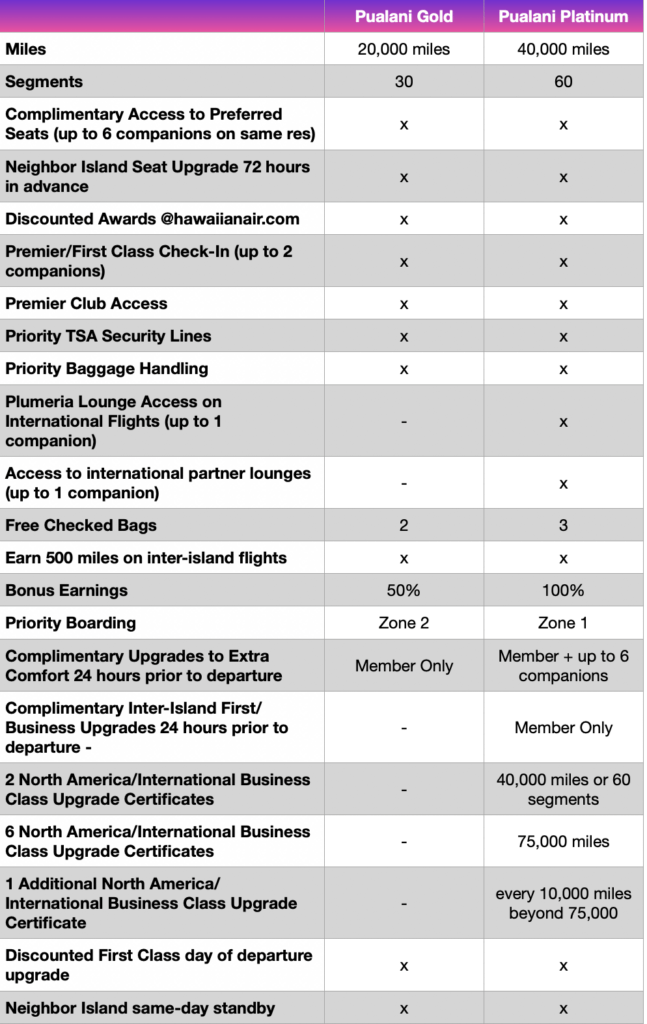
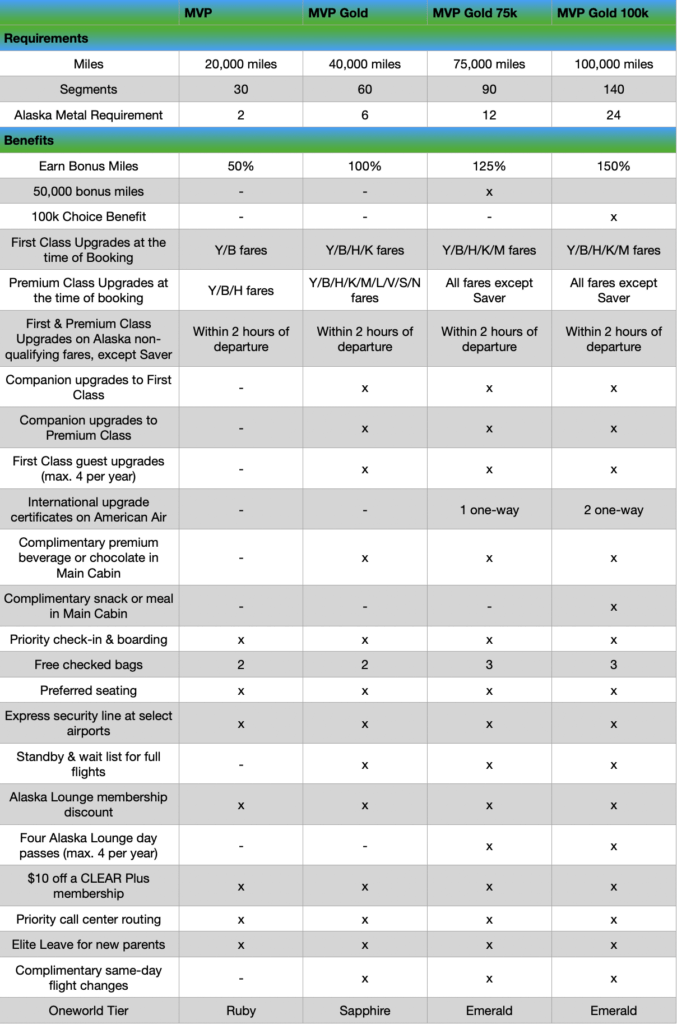
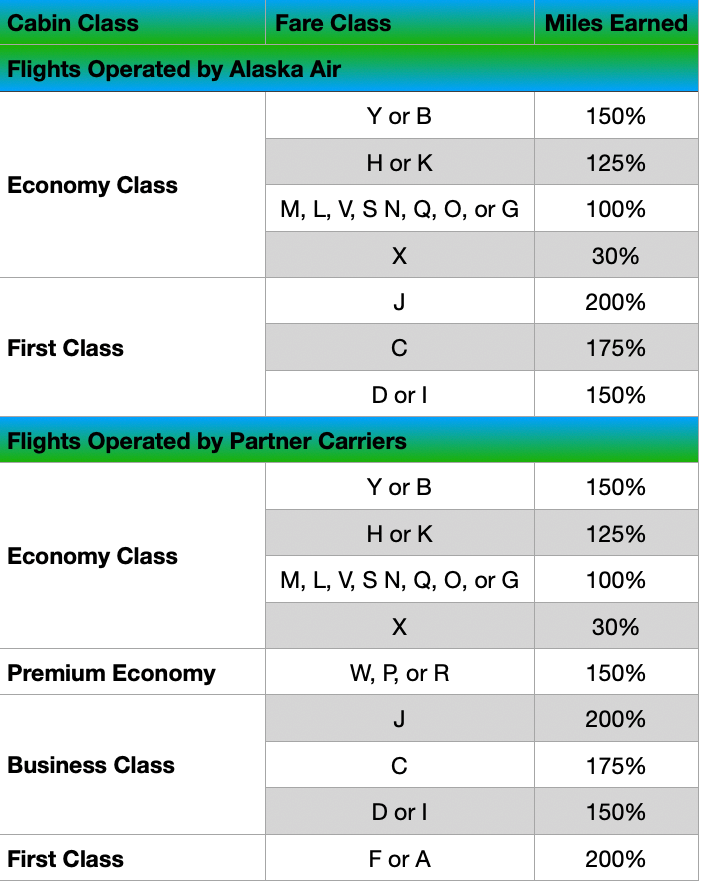

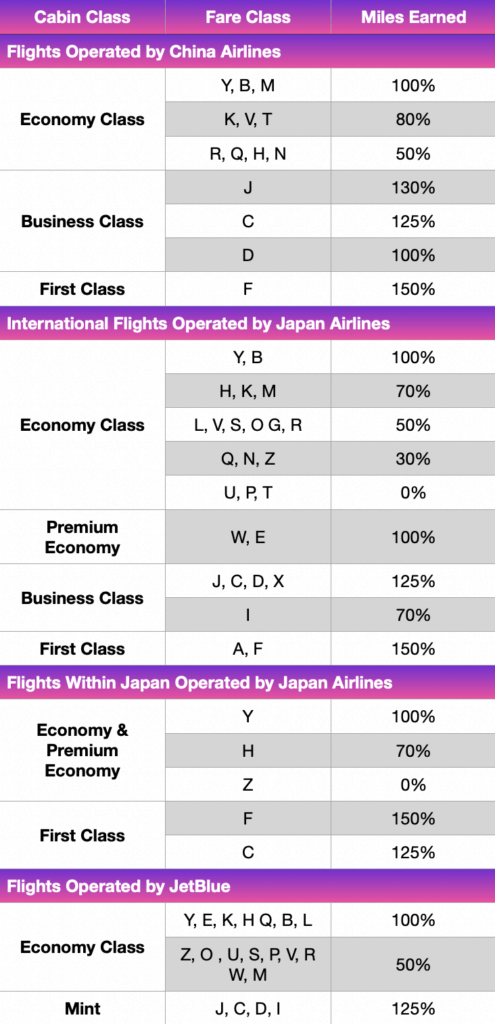
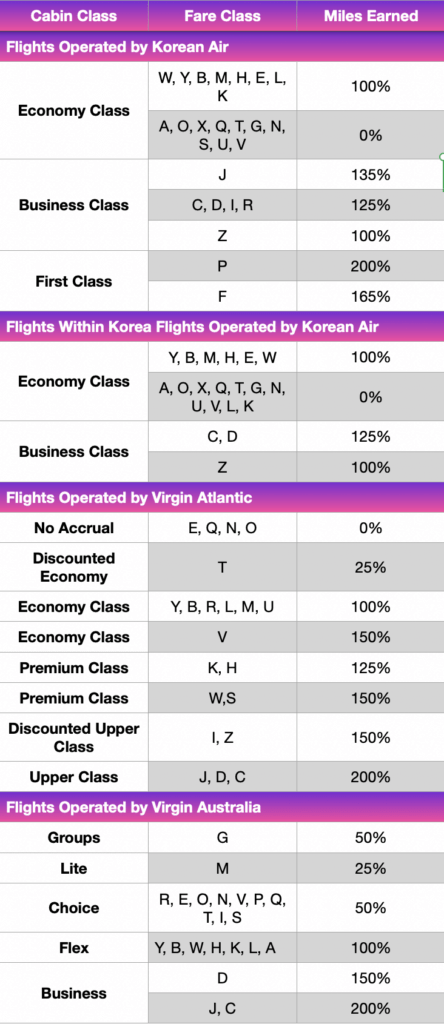
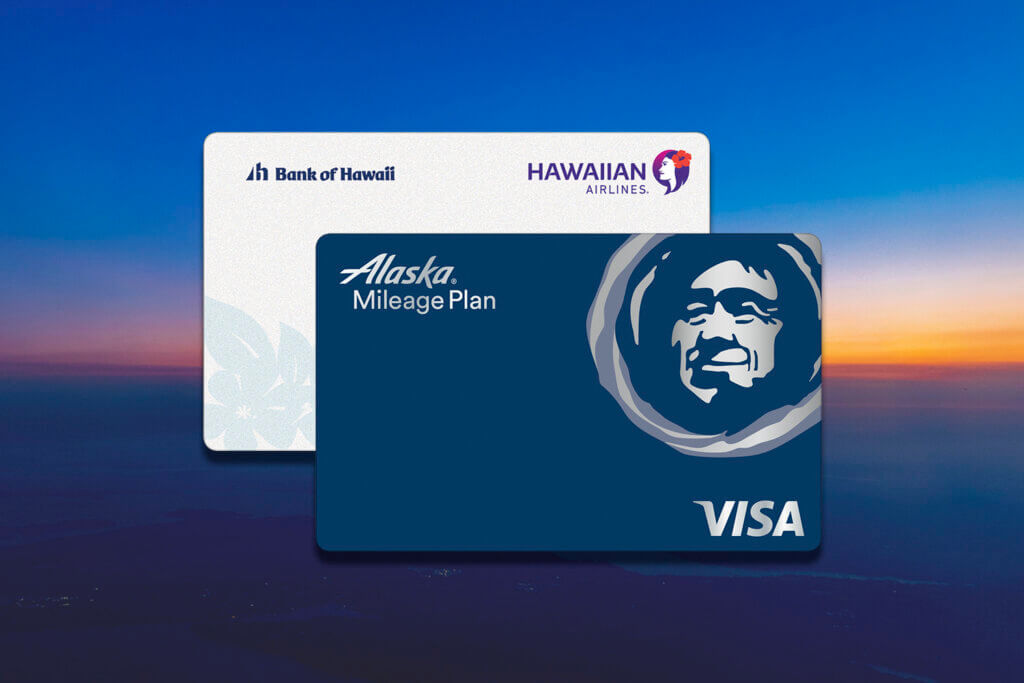
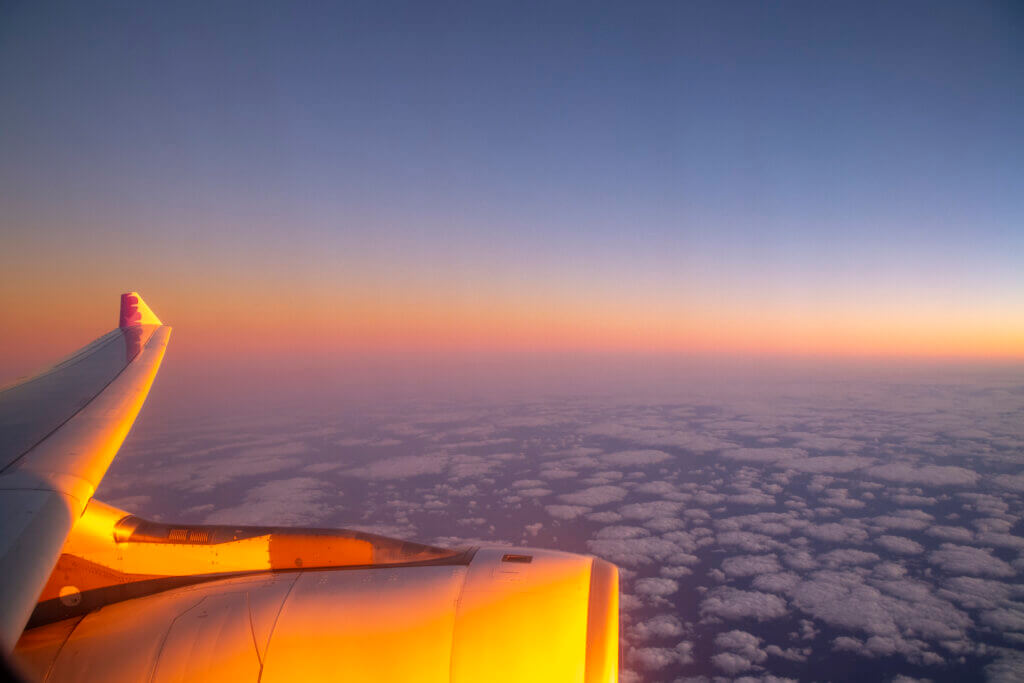
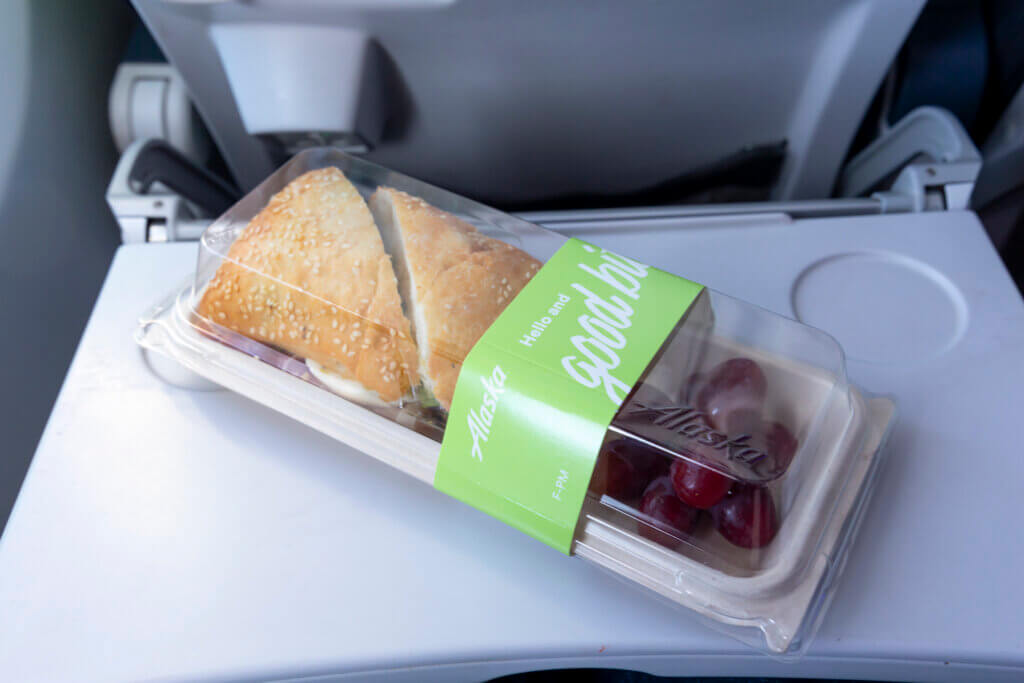
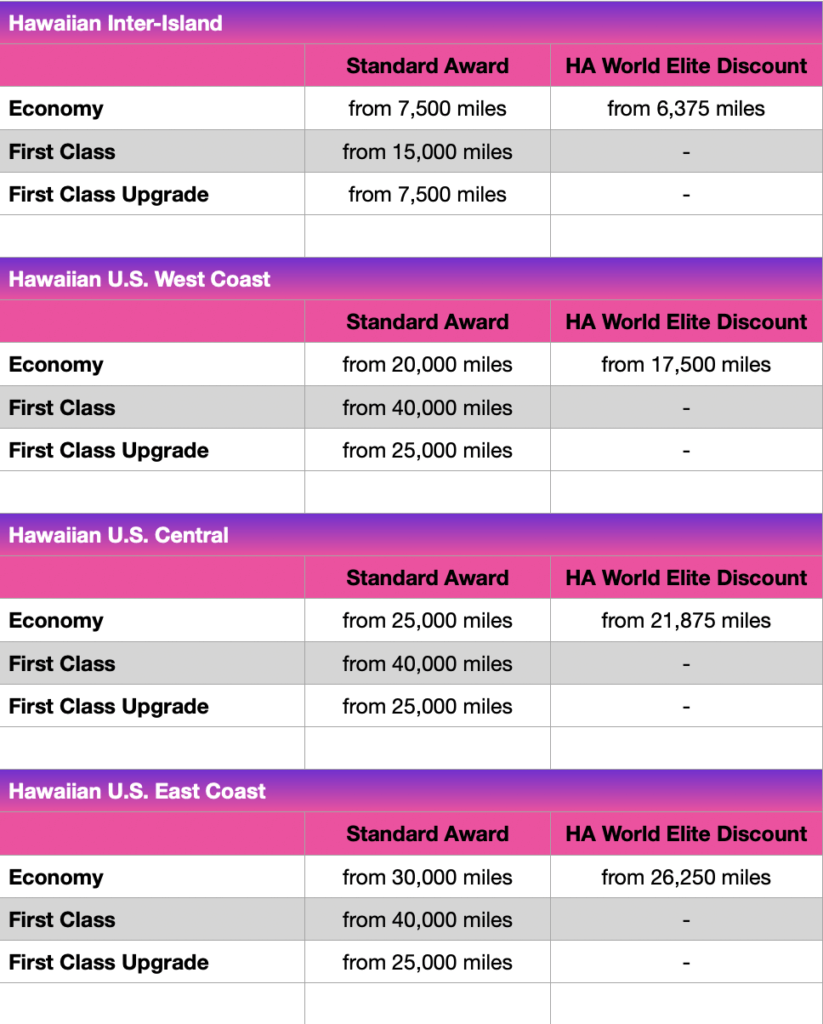
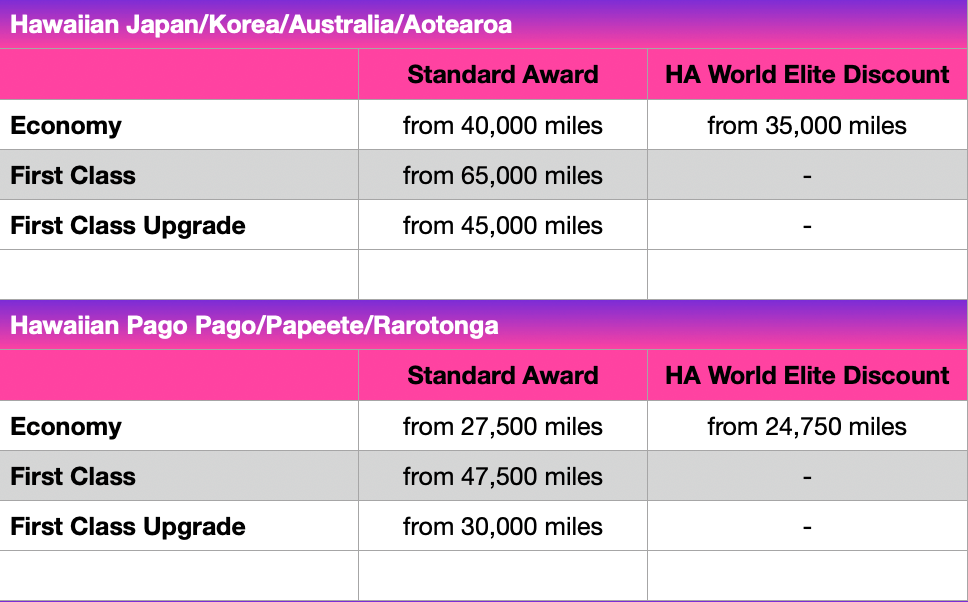
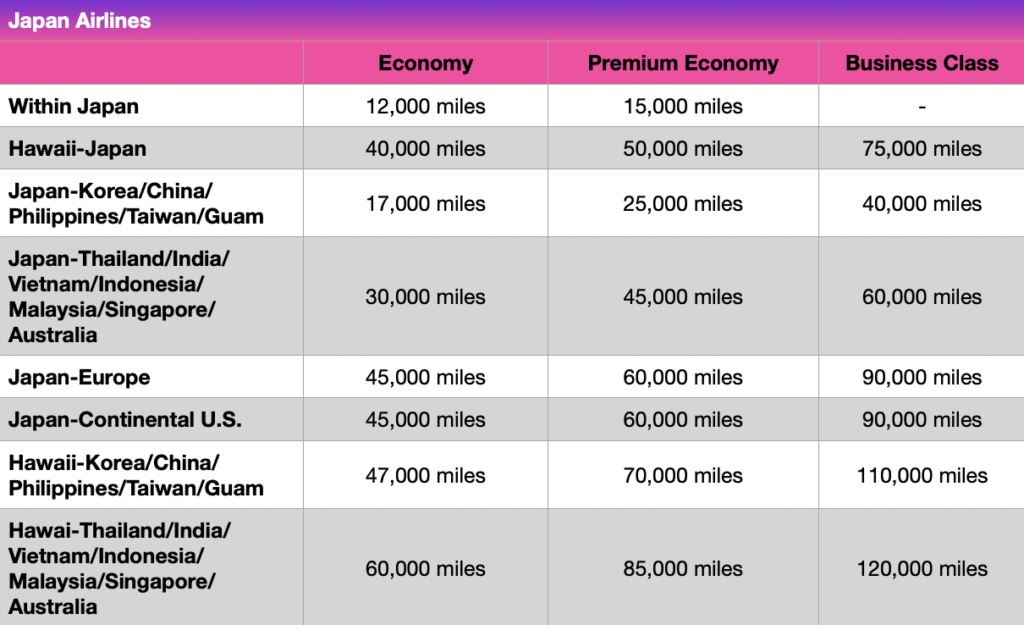


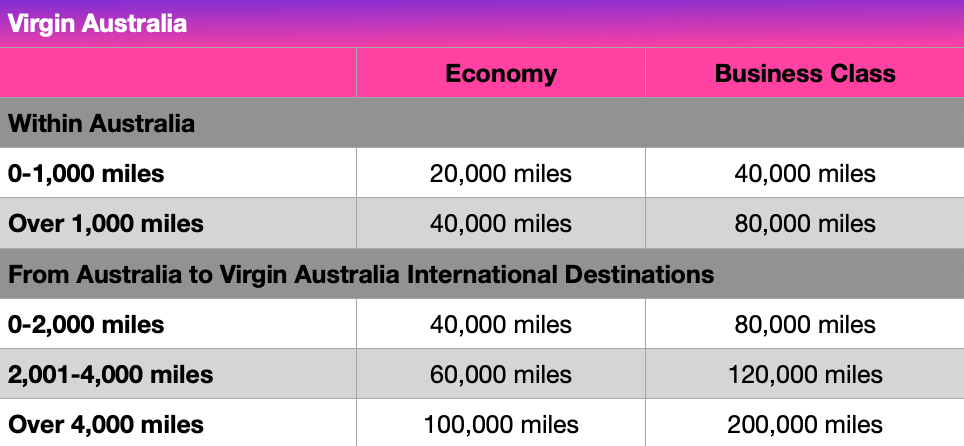
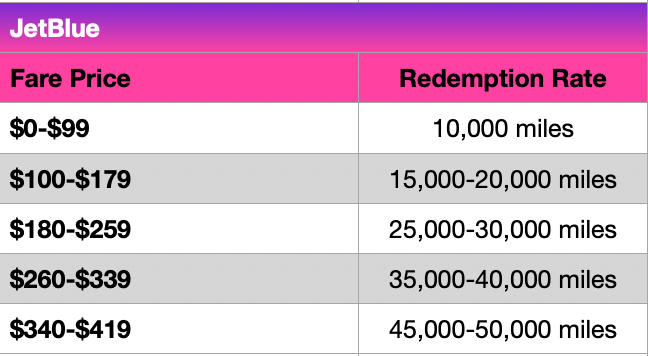
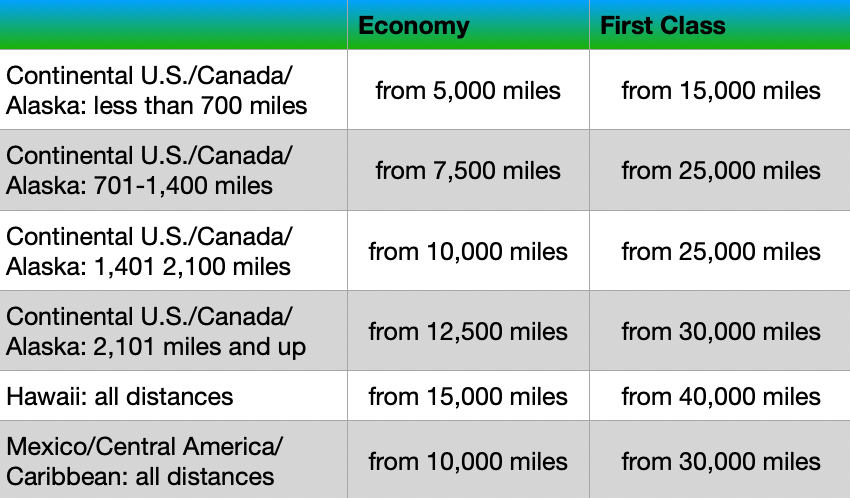
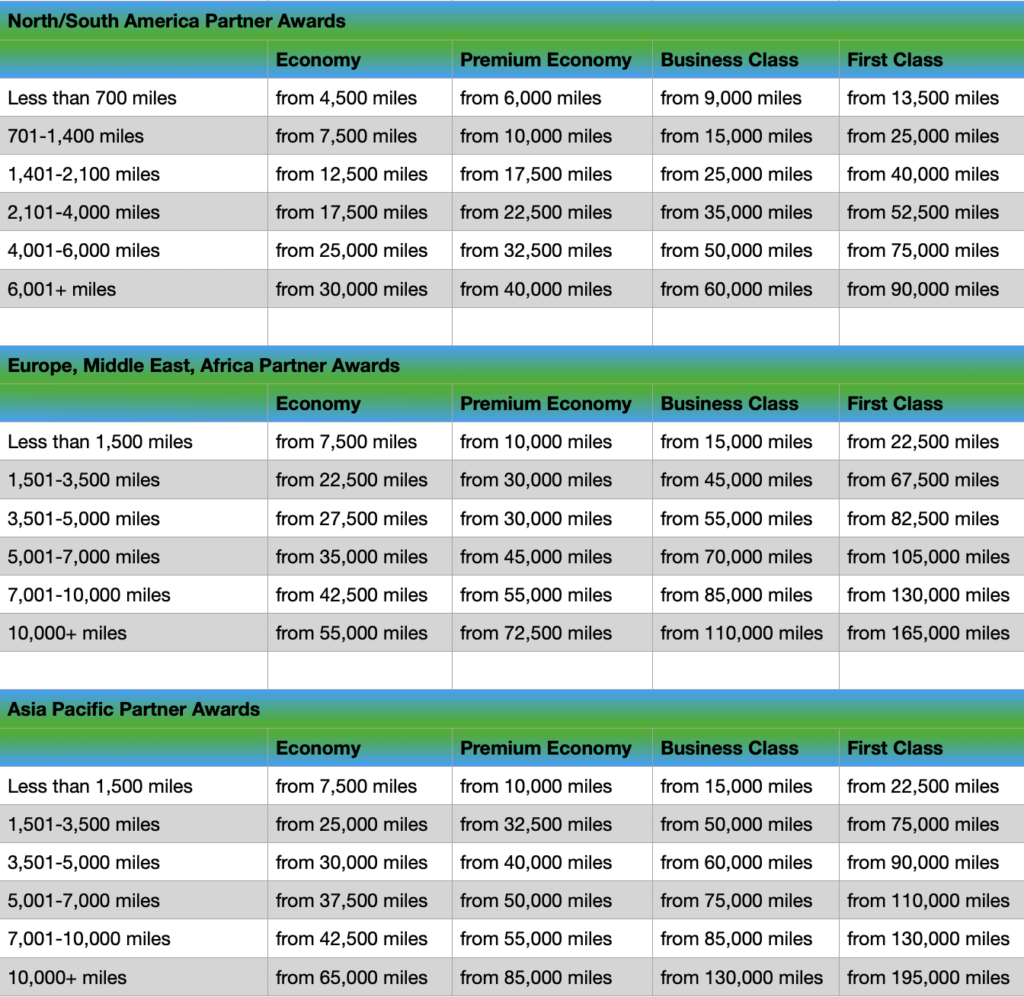
Alaska is revamping their redemption rates in March. Definitely book the sweet spots before then.
Oh? I think I missed the memo on that… lol. ugh…